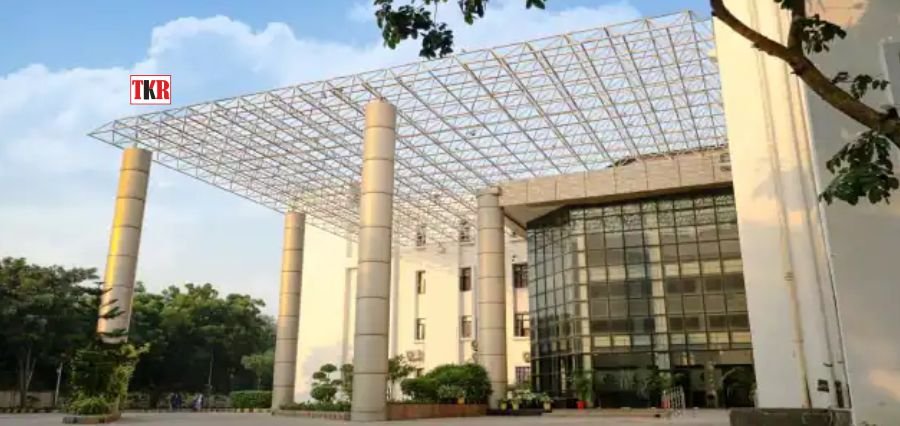Staying Abreast
Photography and cinematography are constantly evolving with technological advances and new trends emerge. The advent of digital technology has revolutionized the way we capture and create images. As a result, photography and cinematography educators must stay abreast of the latest trends and technologies to ensure that their students receive a well-rounded education that prepares them for the real world.
In this article, we will discuss the emerging trends in photography and cinematography education and how educators can stay up-to-date.
The Interconnectedness of Cinema and Photography
Cinema and photography are two fields that are closely interconnected. In the book titled “Still Moving,” renowned artists, filmmakers, art historians and scholars specializing in film delve into the intersection between the realms of cinema and photography.
The interconnectedness of the two fields is evident in the way that filmmakers use photography to create movies. The use of black and white, contrast, texture and lighting in cinematography enhances the visual storytelling experience. Similarly, the use of line, balance, rhythm, pattern, emphasis, contrast, unity, and movement in photography creates stunning images.
The Definition of Cinematography
Cinematography refers to the artistic and skillful practice of creating moving pictures by visually capturing a narrative using the interplay of camera and lighting techniques.
The American Society of Cinematographers defines, “Cinematography as a creative and interpretive process that culminates in the authorship of an original work of art rather than the simple recording of a physical event.”
Cinematography is not a subcategory of photography. Instead, photography is just one of the many skills employed by a cinematographer, who also utilizes various physical, organizational, managerial, interpretive and image manipulation techniques to achieve a unified and cohesive filmmaking process.
The Importance of Still Photography in Creating Movies
Still photography plays a crucial role in creating movies. Ryszard Lenczewski, an award-winning Polish cinematographer, discusses the importance of still photography in the creation of his films, particularly Ida, which was filmed in beautiful black-and-white. Still photography allows filmmakers to plan and visualize their shots before filming begins. It also allows them to experiment with different lighting and camera angles to achieve the desired effect.
Emerging Trends in Photography and Cinematography Education
The field of photography and cinematography is constantly evolving and educators must stay abreast of the latest trends and technologies to ensure that their students receive a well-rounded education that prepares them for the real world. Here are some of the emerging trends in photography and cinematography education:
Virtual and Augmented Reality
Virtual and augmented reality are two emerging technologies that are transforming the field of photography and cinematography. Virtual reality allows users to experience a simulated environment, while augmented reality overlays digital information onto the real world. These technologies are being used in fields such as architecture, engineering and medicine, and are also being used in the film industry to create immersive experiences for viewers.
Drone Photography and Cinematography
Drone photography and cinematography are becoming increasingly popular. Drones allow photographers and cinematographers to capture images and footage from unique angles and perspectives. They are being used in fields such as real estate, construction and agriculture, and are also being used in the film industry to capture aerial shots.
Mobile Photography and Cinematography
Mobile photography and cinematography are becoming increasingly popular due to the widespread availability of smartphones and tablets. Mobile devices allow users to capture high-quality images and footage on the go. They are being used in fields such as journalism, social media and marketing, and are also being used in the film industry to capture behind-the-scenes footage.
Staying Abreast
To stay abreast of the latest trends and technologies in photography and cinematography education, educators must be proactive in their approach which may include.
Attend Conferences and Workshops
Attending conferences and workshops is an excellent way to stay up-to-date with the latest trends and technologies in photography and cinematography education. These events provide opportunities to network with other educators and industry professionals and learn about new technologies and techniques.
Read Industry Publications
Reading industry publications is another way to stay up-to-date with the latest trends and technologies in photography and cinematography education. Publications such as American Cinematographer, British Journal of Photography and Popular Photography provide valuable insights into the industry.
Collaborate with Industry Professionals
Collaborating with industry professionals is an excellent way to stay up-to-date with the latest trends and technologies in photography and cinematography education. Industry professionals can provide valuable insights into the industry and share their experiences and expertise.
To conclude, photography and cinematography are two fields that are constantly evolving. The advent of digital technology has revolutionized the way we capture and create images. To ensure that their students receive a well-rounded education that prepares them for the real world, photography and cinematography educators must stay abreast of the latest trends and technologies. Emerging trends in photography and cinematography education include virtual and augmented reality, drone photography and cinematography and mobile photography and cinematography. Educators can stay up-to-date by attending conferences and workshops, reading industry publications and collaborating with industry professionals. By staying abreast of the latest trends and technologies, educators can provide their students with a well-rounded education that prepares them for the real world.





